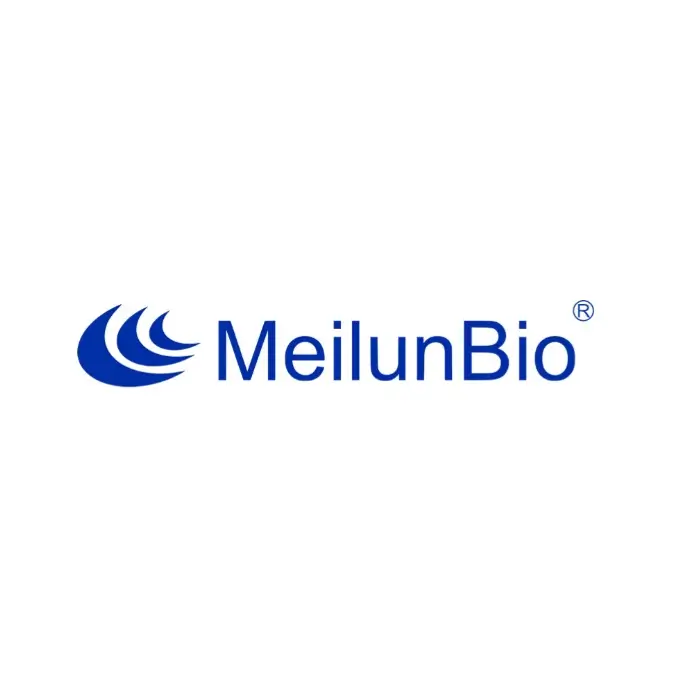| Source: | E.coli |
| Description: | Recombinant Mouse C-C Motif Chemokine 9 is produced by our E.coli expression system and the target gene encoding Gln22-Gln122 is expressed. |
| Accession: | P51670 |
| Known As: | C-C motif chemokine 9; CCF18; Macrophage inflammatory protein 1-gamma; Macrophage inflammatory protein-related protein 2; Small-inducible cytokine A9; Scya10; Scya9 and CCL9 |
| Predicted Mol Mass: | 11.6 Kda |
| Apparent Mol Mass: | 15 KDa, reducing conditions |
| Endotoxin: | < 1 EU/µg as determined by LAL test. |
| Formulation: | Lyophilized from a 0.2 μm filtered solution of 20mM His-HCl, 8% Sucrose, 0.05% Tween80, pH5.5. |
| Reconstitution: | Always centrifuge tubes before opening.Do not mix by vortex or pipetting. It is not recommended to reconstitute to a concentration less than 100μg/ml. Dissolve the lyophilized protein in distilled water. Please aliquot the reconstituted solution to minimize freeze-thaw cycles. |
| Shipping: | The product is shipped at ambient temperature. Upon receipt, store it immediately at the temperature listed below. |
| Storage: | Lyophilized protein should be stored at ≤ -20°C, stable for one year after receipt. Reconstituted protein solution can be stored at 2-8°C for 2-7 days. Aliquots of reconstituted samples are stable at ≤ -20°C for 3 months. |
| Background: | C-C motif chemokine 9(CCL9) is an 11 kDa, secreted, monomeric polypeptide that belongs to the beta (or CC) intercrine family of chemokines. It is expressed mainly in the liver, lung, and the thymus, although some expression has been detected in a wide variety of tissues except brain. Monokine has inflammatory, pyrogenic and chemokinetic properties. It circulates at high concentrations in the blood of healthy animals. Binding to a high-affinity receptor,it activates calcium release in neutrophils. It also inhibits colony formation of bone marrow myeloid immature progenitors. CCL9 can activate osteoclasts through its receptor CCR1 (the most abundant chemokine receptor found on osteoclasts) suggesting an important role for CCL9 in bone resorption. |
重组小鼠趋化因子9(CCL9)
¥1,110.00
规格: 10μg
英文名字:C-C Motif Chemokine 9,Mouse,Recombinant
质量标准:>95%,BR

